Twill: description, composition, advantages and disadvantages
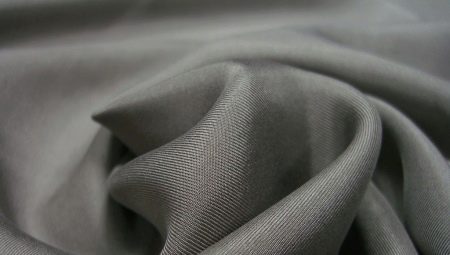
A versatile blended twill fabric often confused with pure wool tweed. It's all about the consonant names, since the composition of these two fabrics is completely different. There are no reliable sources about the origin of twill. According to Edward VIII's version of his book Remembering Windsor, in 1830 a London merchant was sent a twill fabric from Scotland, designated Tweels. Inadvertently, the Englishman confused the name with Tweed, and for a long time the material was successfully sold under this brand.


Description
Because of this oversight, many people, far from sewing and materials science, still confuse twill with tweed. However, this fabric is not made from wool, but by mixing several types of fibers with a diagonal twill weave. The full composition of the fabric is usually indicated on the product label.
During its existence, the fabric has undergone many experiments regarding the raw materials used and production methods. Initially, for the production of twill, coarse and thick threads were used, especially in gray-brown dark tones. In terms of composition, it was 100% sheep's wool, woven in such a way that it attracted attention with a special texture - in a herringbone or the so-called crow's feet.
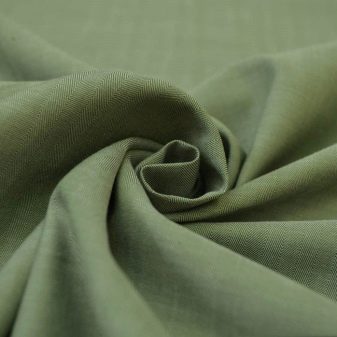
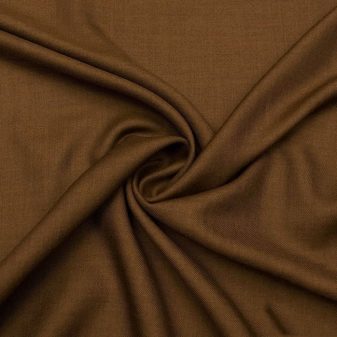
With the development of technology, woolen thread began to be combined with silk and cotton fibers. This has significantly expanded the range of production of twill items. Now the material was used not only for sewing classic costume outfits for business people, but also for stylish raincoats, handbags, catchy evening dresses.
The composition of modern twill is a mixture of several types of fibers. The warp can be synthetic, cotton or wool and silk threads. Depending on their ratio, combination and properties, the material is divided into separate categories.

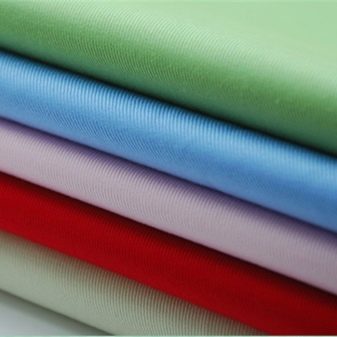
For example, if the material consists of 65% polyester and 35% cotton, it is usually called polysatin. Combined fibers produce a beautiful fabric with practical characteristics.
The twill is distinguished by a visual gloss and a special twill weave of threads with a texture characteristic of the fabric - a diagonal rib. Sometimes non-twisted knotty fibers are used to create the canvas, giving the finished fabric a special decorative effect.
Thick, but soft twill is not capricious to clean and comfortable to wear. These are ideal qualities for home textiles and a variety of clothing.
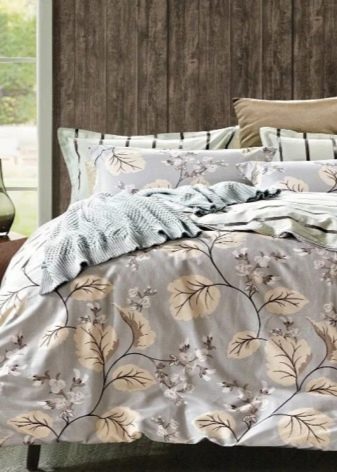
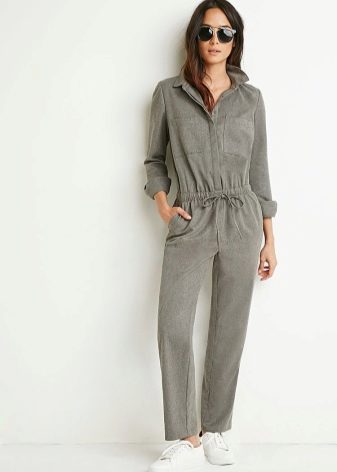
Production methods
The manufacturer takes twisted natural fibers as a basis, adding synthetic fibers to them in different percentages:
- half cotton with polyester;
- 65% polyester to 35% cotton and vice versa;
- 75% wool to 25% cotton;
- 65% wool 30% viscose plus 5% acrylic;
- wool 75% and 25% silk;
- 3% lurex to 97% pure wool and so on.
The addition of acrylic and polyester increases the strength of the fabric and reduces its weight, giving elasticity and preventing shrinkage.
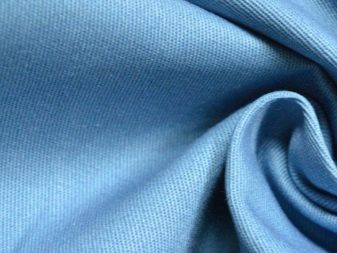
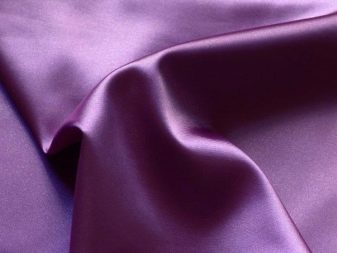
The diagonal weave of threads, or the so-called twill, with the ratio of the weft to the warp, is equivalent to two to two. The warp thread, overlapping two transverse threads, moves to one side, creating a decorative rib on the surface. The repetition of basic overlaps creates an asymmetrical rapport. The more complex it is, the less dense and the higher the diagonal scar. The thickness and density of the finished fabric, its main characteristics also depend on the combination of threads.
All kinds of dyes are used in the production. They fit well on fabric and do not fade over time. This is a very important indicator for finished products for any purpose. Most often, one-colored painting is used.


Composition
Twill (twill) demonstrates a number of remarkable properties, the severity of which determines the number and type of fibers in its composition.
Textiles with unequal thickness and density, with a smooth or textured surface, are most often produced from natural cotton fibers. Synthetic fibers such as elastane and polyester are added to improve practical performance. In the finished fabric, their percentage may differ. The characteristics of the finished fabric depend on this: lightness or density, elasticity or stiffness, crease resistance or softness, multicolor or uniformity, smoothness or hairiness, susceptibility to delicate washing or dry cleaning.
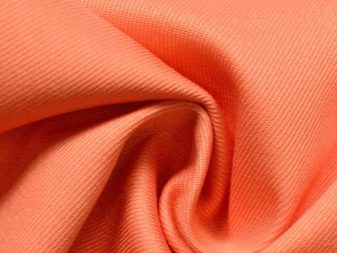
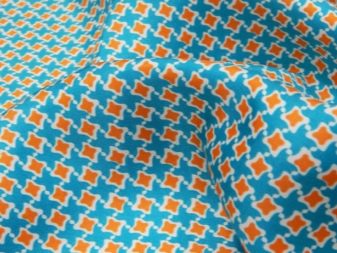
In appearance, twill resembles twill or satin due to the similarity of the weaving of the threads. In the production of twill, untwisted yarns from differently colored fibers are used. The practical application of the material is determined by the thickness of the threads.
If you treat the twill from the front or back side with a water-repellent compound, you can give the fabric new properties. The waterproof type of twill is often used for sewing workwear and military uniforms.
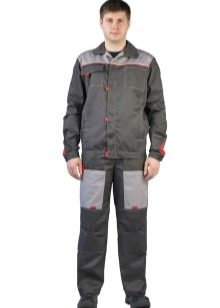
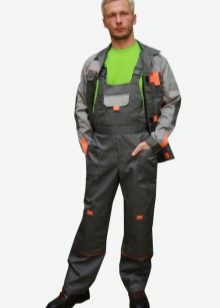
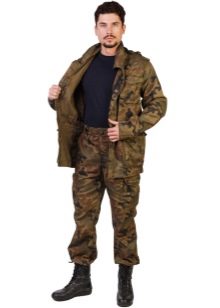
Dignity
The fabric demonstrates indisputable advantages in any composition and therefore is ubiquitous in clothing and household items. Twill has many positive qualities.
- Durability and wear resistance, standing out favorably in comparison with satin or twill.
- Moderate density.
- Softness. The tactile sensations from touching the fabric are pleasant, and the products themselves are comfortable to wear.
- Ease of draping.
- Good breathability. This quality is important for bedding and underwear.
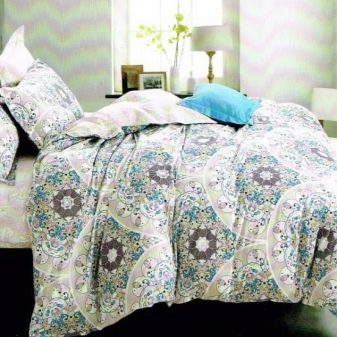
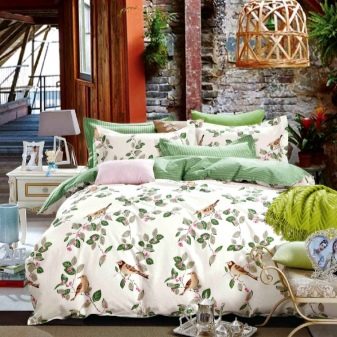
- Dustproof. All dirt remains on the front side.
- Not susceptible to deformation, creases, stretching and shrinkage.
- Resistant to sunlight. Twill does not fade.
- The ability to dry quickly.Fungus and moths will not start on the fabric.
- Easy care (easy washing, drying, ironing and storage). The greatest unpretentiousness is noted in the cotton type of fabric.
- Twill clothes are attractive and neat in appearance.
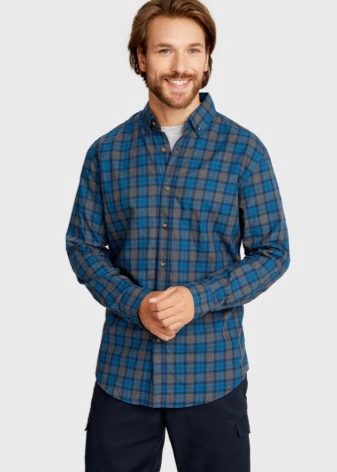

disadvantages
Judging by the majority of reviews and quality indicators, twill has very few downsides. It should only be noted that:
- synthetics in the fabric may be contraindicated for allergy sufferers;
- the cost of the cotton type of fabric is high with its lack of elasticity.
Otherwise, twill is not inferior to other high-quality fabrics, and in many respects even surpasses them.
This can be judged by its popularity among ordinary buyers, private seamstresses and fashion designers.
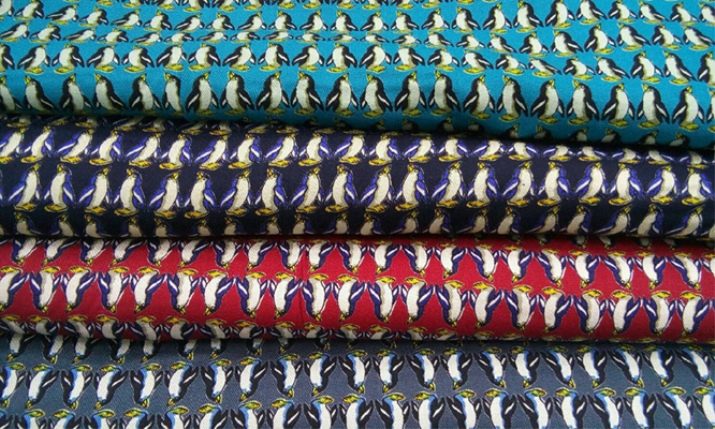
Varieties
Due to the fact that in the production of twill, not only cotton, but also artificial fibers are used, as a result, several types of fabric are obtained. Each of them has its own properties and applications.
- Silk twill goes to tailoring expensive and high-quality clothes. To improve the practical characteristics, elastane is added to the composition in a 3% ratio. Compared to satin, twill requires more silk, which is why its cost and sales price are higher.
- Elastic twill produced with the addition of 20% viscose at 80% polyester. Stretching properties allow you to significantly expand the range of applications of the material. He has proven himself well in underwear: dresses, sweaters and the like.
- Twill cotton - very durable fabric with a small amount of elastane. The range of applications is wide and varied.
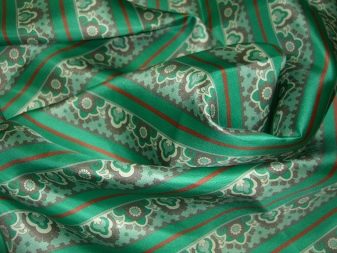
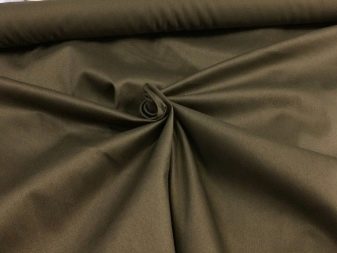
- Twill twill - excellent lining material. Does not wrinkle, drape, does not electrify. Retains brightness and shape over a long period of wear.
- Woolen twill look distinguished by lightness and thinness with excellent warming and breathable properties. Used for warm blouses, suits and dresses. Relevant in the autumn-winter season. Private seamstresses often sew blankets from this fabric, taking advantage of the fact that it looks attractive, does not wrinkle and retains its presentation for a long time.

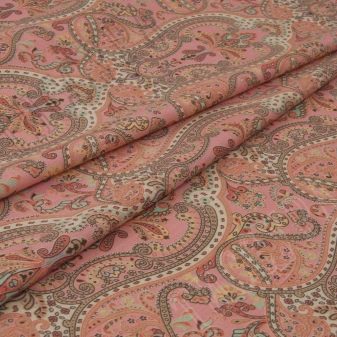
A typical twill is 1/3 cotton and 2/3 polyester. The best quality is found in twill, which contains equal amounts of polyester and cotton fibers.
On sale there is a cotton twill satin, elite silk (5% elastane), wool (like tweed) and blended, which is currently on sale in a wide range.
The most popular types of this unique fabric are worth taking a closer look at.
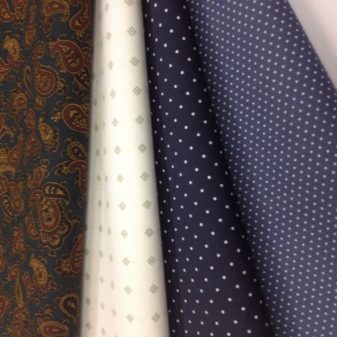
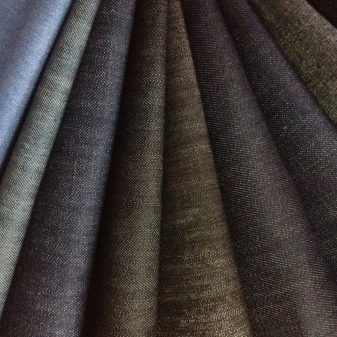
Cotton
Modern twill satin is rapidly gaining popularity. When creating it, cotton and satin are used in a specific ratio in percentage and symmetrical weave. The resulting material is distinguished by a lower density in comparison with ordinary sateen, while maintaining the external qualities, in which differences are not determined "by eye". The silky smoothness of the surface has a certain sheen, which attracts the attention of buyers to it. The main advantage of twill satin is the slight ability to wrinkle.
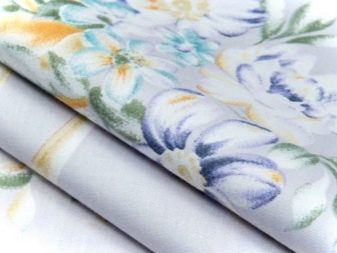
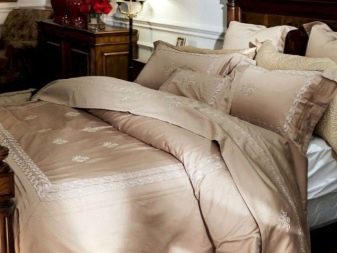
But it takes minimal effort to smooth out the wrinkles on the fabric.
The material has excellent hygienic qualities, while it is durable even with very intensive use. Manufacturers appreciate twill satin for color fastness. The same quality is noted by thrifty housewives. You can wash things without fear that the drawing will fade or be erased. The fabric easily withstands hundreds of wash cycles, retaining the richness of colors and an attractive look.

Silk
Silk twill stretch is 98% cotton and 2% elastane. As a percentage, a deviation of up to three units in the direction of one or another fiber can be allowed. The addition of a small amount of elastane makes the products stretch and not wrinkle. This type of twill is widely used in light industry.
Silk with diagonal weaving turns out to be dense and "heavy".This kind of weaving requires more silk fibers. Therefore, twill always comes out more expensive than atlas. The material gives the product the ability to keep its shape well. The fabric is non-slip and very pleasant to the touch. It is not for nothing that the creators of the elite Hermes brand noticed her for creating their famous scarves-squares.
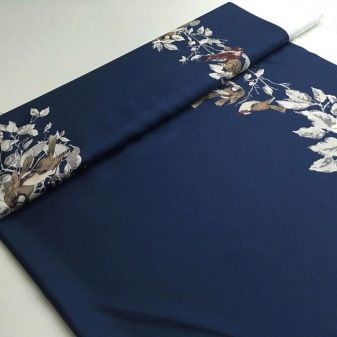
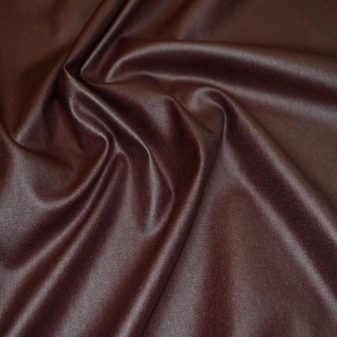
Mixed
A blend type of twill, combining cotton (30-97%) and synthetics (most often polyester). The fabric of mixed fibers is used for sewing workwear, uniforms and suits. Such a fabric perfectly permits air through itself, allowing the skin to breathe, and the high density gives the clothes dustproofness.

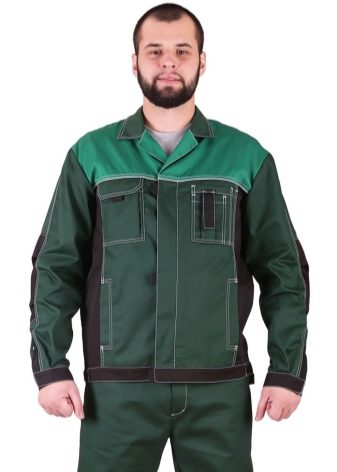
Application area
Initially, the diagonal weave material was made exclusively from sheep wool, without impurities. Coarse and dense threads of dark colors created a heavy, dense, moisture resistant fabric with an unusual pattern. This fabric was used to sew clothes for civil servants and businessmen, urban dandies and representatives of the bohemian environment. The innovations changed the technology and affected the composition of the fabric. Cotton or silk was woven into the woolen thread, which made it possible to sew from the material both classic suits and hats, handbags, scarves and other accessories.
In 2013, the concept of mixing fabrics and the originality of weaving made twill one of the leaders in the rating of the most bought products made by the light industry.
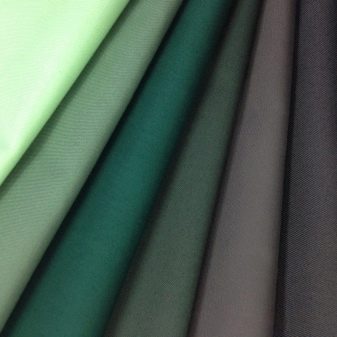
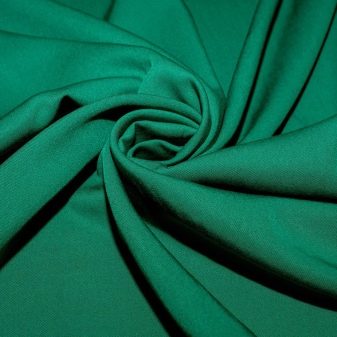
The innovative blended fabric was noticed by fashion designers to create stylish collections and original cuts. Twill successfully migrated to the furniture industry, becoming a ubiquitous participant in the environment when creating interiors. Upholstery, curtains, chair covers, tablecloths, napkins - these are just some of what can be sewn from twill varieties. In addition to linen, home textiles and workwear, it can be found in outerwear. A more subtle type of twill is used in the production of summer dresses, all kinds of women's and men's suits.
The most popular area for using twill fabric is sewing bed linen. It was appreciated and loved by consumers almost all over the world. It's all about its low crease and quick drying, preservation of brightness after washing and the resistance of the fabric to high temperatures during ironing.

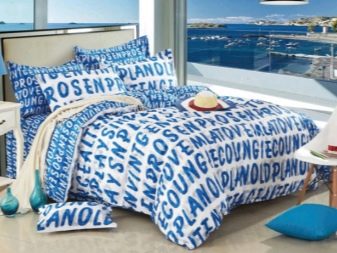
High-quality painting of twill pleases the consumer with the long-term durability of the color of the product. And this characteristic is important for corporate uniforms, uniforms and specialized clothing. At the same time, the twill meets the following requirements for work clothes:
- hygienic;
- breathable;
- hygroscopic;
- dust-proof;
- comfortable;
- durable.
In addition, twill overalls, with their obvious practicality, added aesthetics and harmony to work clothes.

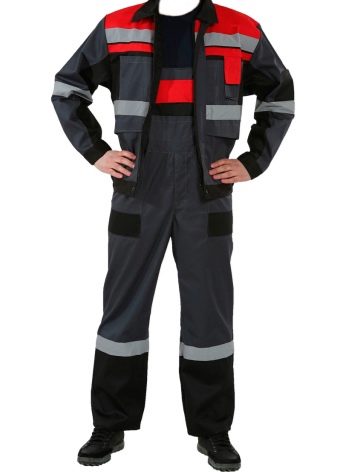
In general, the material is versatile and finds the most extensive application, depending on the needs of the cutter or customer.
How is it different from other fabrics?
There is a surefire way to differentiate this lightweight, tactile, low-pile fabric from other fabrics. You need to look at it from a certain angle. At the same time, the diagonal pattern of the texture is noticeable very well.
And tactilely and visually distinguishing twill from classic satin is difficult. The fabric has a shine and gloss inherent in satin, but the twill counterpart is much cheaper.
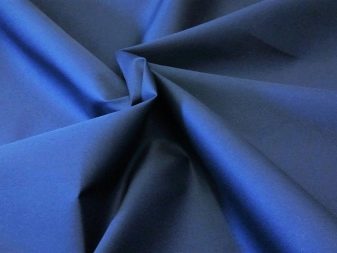

Using a membrane as an example, you can compare the degree of air permeability and vapor removal of twill. The membrane is a film with the smallest pores, less than a water droplet in diameter, but exceeding a water vapor molecule. Therefore, the liquid will not be able to seep through the matter inward, but the fumes from the body freely penetrate outward due to the different partial pressure from the outer and seamy tissue surfaces. As soon as a person begins to sweat, the membrane begins to "actively breathe" - to remove the fumes.
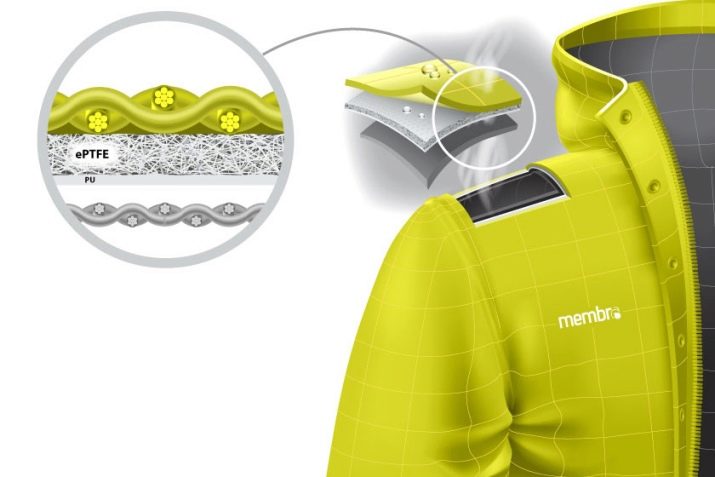
And in twill, such abilities are not noted, therefore, with vigorous activity and high temperatures, the fabric is not the most suitable.
Most often, twill is produced in plain dyed, but sometimes a pattern is also applied to it, mainly camouflage.
When purchasing a twill, it is important to pay close attention to what is indicated in the composition. Since in modern types of fabrics, it varies significantly.
If you compare twill with poplin, polycotton and others, there will be no difference in performance. The fabric is light, does not shrink after washing, almost does not wrinkle, rarely requires ironing, retains the brilliance of color shades. Like satin, the fabric can be washed in an automatic washing machine. After washing, the twill remains pleasant to the body and silky.
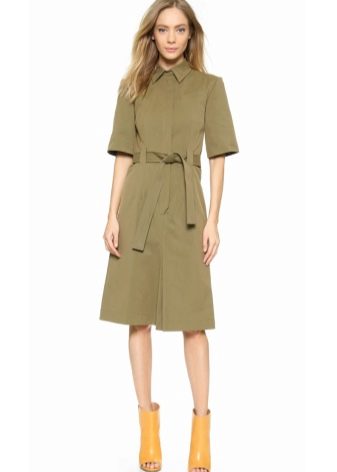

Care rules
Although the twill is easy to use, there are certain care guidelines you need to follow. Then the products will last a long time without deterioration.
- Wash twill satin is carried out even at high temperatures using any detergent.
- Other types of mixed fabrics are washed at t no more than 40 degrees. No bleaching allowed. It is forbidden to use detergents with "aggressive" composition.
- It is advisable to add conditioner to soften the laundry, which prolongs the life of the fabric and preserves its texture and color.
- Do not dry the blended twill in the sun.
- It is preferable to iron things while damp.


If in doubt, it is easier to proceed as indicated on the label attached to the product by the manufacturer. Only then will the thing be useful and last a long time, bringing tactile and aesthetic pleasure.
For twill bedding, see the next video.








